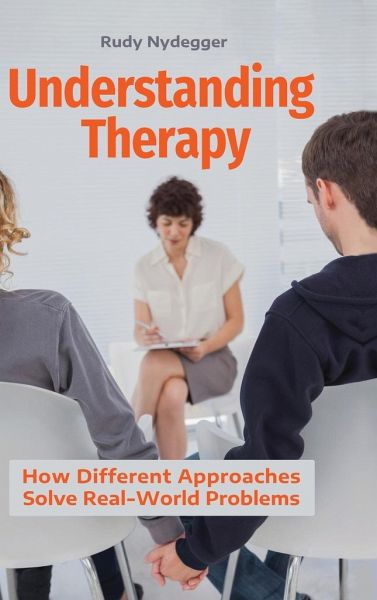
Understanding Therapy
How Different Approaches Solve Real-World Problems
Versandkostenfrei!
Versandfertig in 1-2 Wochen
64,99 €
inkl. MwSt.

PAYBACK Punkte
32 °P sammeln!
This accessibly written book explores many types of psychotherapy, discussing the history, tenets, advantages, and shortcomings of each. It also compares and contrasts how different approaches address real-world mental health concerns. Therapy and counseling have proved beneficial for tens of millions of Americans, whether to address a serious mental illness or for more everyday issues such as troubled relationships, stress, or grief. Studies suggest that approximately 80 percent of people who receive therapy find it beneficial. A number of effective schools of psychotherapy are available toda...
This accessibly written book explores many types of psychotherapy, discussing the history, tenets, advantages, and shortcomings of each. It also compares and contrasts how different approaches address real-world mental health concerns. Therapy and counseling have proved beneficial for tens of millions of Americans, whether to address a serious mental illness or for more everyday issues such as troubled relationships, stress, or grief. Studies suggest that approximately 80 percent of people who receive therapy find it beneficial. A number of effective schools of psychotherapy are available today, each with its own approach, strengths, and weaknesses. Understanding Therapy: How Different Approaches Solve Real-World Problems explores different forms of psychotherapy using clear, non-technical language and a reader-friendly format. Part I provides important foundational information, including the historical development of psychotherapy, common misconceptions, and types of therapists. Each chapter in Part II profiles a different group of therapies, highlighting each one's history, key founders and proponents, tenets, and potential advantages and disadvantages. Part III features a series of real-world situations for which someone might seek therapy and illustrates how several different forms of therapy would address the problem. Readers will be able to compare and contrast these methods, learning how different types of therapy tackle the same issue in varying ways.














